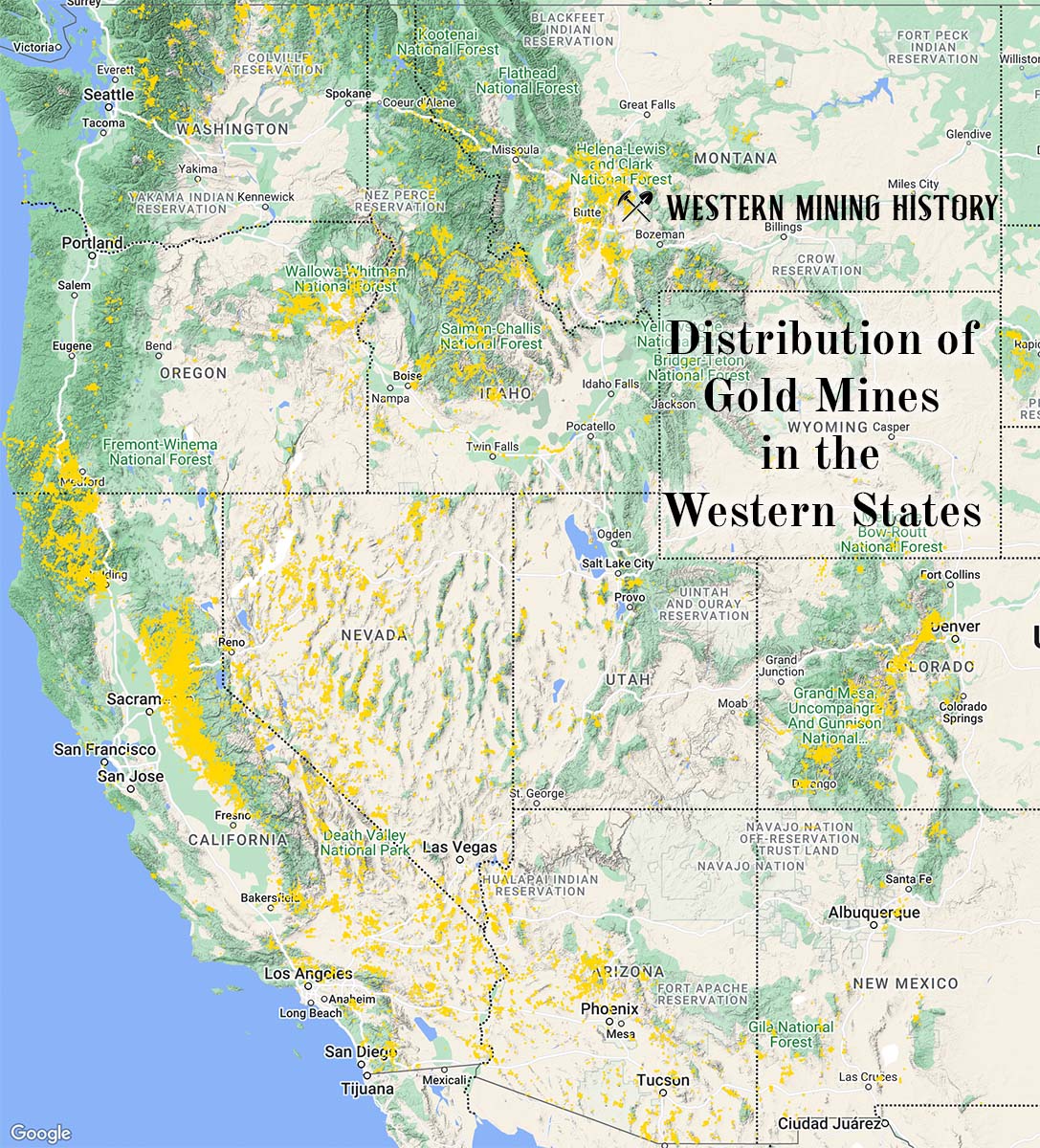The Dakli is a copper, gold, and silver mine located in Alaska.
About the MRDS Data:
All mine locations were obtained from the USGS Mineral Resources Data System. The locations and other information in this database have not been verified for accuracy. It should be assumed that all mines are on private property.
Mine Info
Dakli MRDS details
Site Name
Primary: Dakli
Commodity
Primary: Copper
Primary: Gold
Primary: Silver
Location
State: Alaska
District: Shungnak and Hughes
Land Status
Not available
Holdings
Not available
Workings
Not available
Ownership
Not available
Production
Not available
Deposit
Record Type: Site
Operation Category: Occurrence
Operation Type: Unknown
Years of Production:
Organization:
Significant:
Physiography
Not available
Mineral Deposit Model
Not available
Orebody
Not available
Structure
Not available
Alterations
Alteration Type: L
Alteration Text: Oxidation of pyrite and chalcopyrite to limonite and secondary copper minerals.
Rocks
Not available
Analytical Data
Not available
Materials
Ore: Chalcopyrite
Ore: Covellite
Ore: Gold
Ore: Malachite
Ore: Pyrite
Gangue: Quartz
Comments
Comment (Geology): Age = Cretaceous or younger.
Comment (Reference): Primary Reference = Miller and Ferrians, 1968
Comment (Workings): Workings / Exploration = This occurrence was mapped by the U.S. Geological Survey in the mid 1960's (Miller and Ferrians, 1968). Numerous rock and stream sediment samples were collected and analyzed. A number of exploration companies examined the site during reconnaissance geologic programs in the 1970's and early 1980's.
Comment (Exploration): Status = Inactive
Comment (Geology): Geologic Description = The Dakli occurrence is at the northern edge of the Zane Hills pluton at the contact between Cretaceous hornblende-biotite granodiorite and Jurassic-Cretaceous andesite. According to Miller and ferrians (1968), copper and other minerals occur at three places along the contact . At locality 1, massive chalcopyrite in fractured quartz occurs in frost-riven blocks of meta-andesite. Pyrite, malachite, and covellite are also present. Grab samples of chalcopyrite in quartz contain as much as 150 ppm Ag, 0.8 ppm Au, 10,000 ppm Cu, 150 ppm Mo, and 1,000 ppm Zn. Several streams near this locality have meta-andesite float that is cut by sulfide-bearing quartz veins and contains disseminated sulfides. At locality 2, malachite and limonitic chalcopyrite occur in fractures in blocks of brecciated quartz, andesite and altered granodiorite in a zone 100 feet wide. Grab samples from this location contain as much as 30 ppm Ag, 0.09 ppm gold, 700 ppm Zn, 70 ppm Mo, and from 1,000 to 20,000 ppm Cu. At locality 3, a sample of sulfide-bearing quartz contained 1,000 ppm Cu, 2 ppm Ag, and 15 ppm Mo. At locality 4, about one mile south of the contact, rusty-colored molybdenite-bearing quartz veins as much as 2 feet thick cut the andesite near the granodiorite contact. A grab sample from one vein contained 2,000 ppm Mo. Sediments in streams draining the Dakli occurrence contain anomalous values of copper ranging from 100 to 300 ppm.? the intrusives and volcanics both show little or no hydrothermal alteration. Copper and traces of molybdenum minerals are essentially restricted to the contact between the granodiorite and andesite and to the quartz veins within the contact area (unpublished industry data, NANA Regional Corp. files).
Comment (Deposit): Model Name = Disseminated and massive sulfides in quartz veins cutting andesite and granodiorite.
References
Reference (Deposit): Cobb, E.H., 1972, Metallic mineral resources of the Shungnak quadrangle, Alaska: USGS Miscellaneous Field Studies Map MF-448, 1 sheet, scale 1:250,000.
Reference (Deposit): Cobb, E.H., 1975, Summary of references to mineral occurrences (other than mineral fuels and construction materials) in five quadrangles in west central Alaska (Hughes, Kotzebue, Melozitna, Selawik and Shungnak): U.S. Geological Survey Open-File Report 75-627, 58 p.
Reference (Deposit): Eberlein, G.D., Chapman, R.M., Foster, H.L., and Gassaway, J.S., 1977, Map and table describing known metalliferous and selected nonmetalliferous mineral deposits in central Alaska: U.S. Geological Survey Open-File Report 77-168-D, 132 p., 1 map, scale 1:1,000,000.
Reference (Deposit): Miller, T.P. and Ferrians, O.J., Jr., 1968, Suggested areas for prospecting in the central Koyukuk River region, Alaska: U.S. Geological Survey Circular 570, 12 p.
Reference (Deposit): Cobb, E.H., 1975, Summary of references to mineral occurrences (other than mineral fuels and construction materials) in five quadrangles in west central Alaska (Hughes, Kotzebue, Melozitna, Selawik, Shungnak): U.S. Geological Survey Open-File Report 75-627, 58 p.
Reference (Deposit): Grybeck, D.J., 1977, Known mineral deposits of the Brooks Range, Alaska: US Geological Survey Open-File Report 77-166C, 41 p., 1 sheet, scale 1:1,000,000.
The Top Ten Gold Producing States

These ten states contributed the most to the gold production that built the West from 1848 through the 1930s. The Top Ten Gold Producing States.